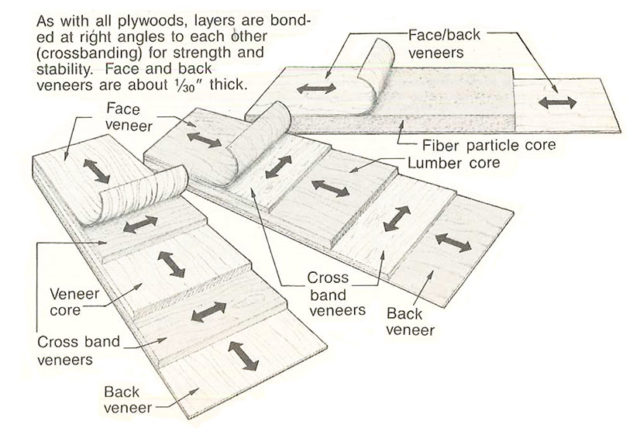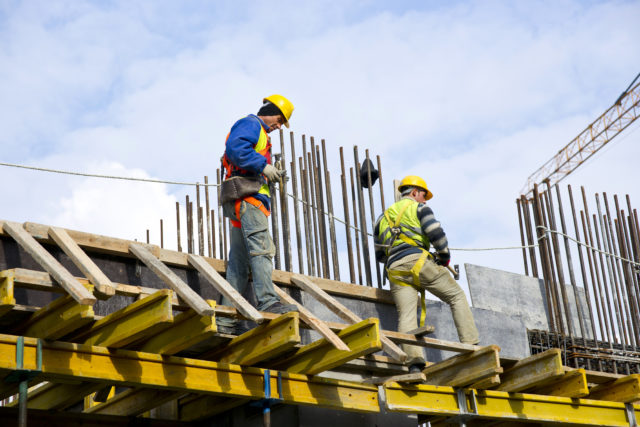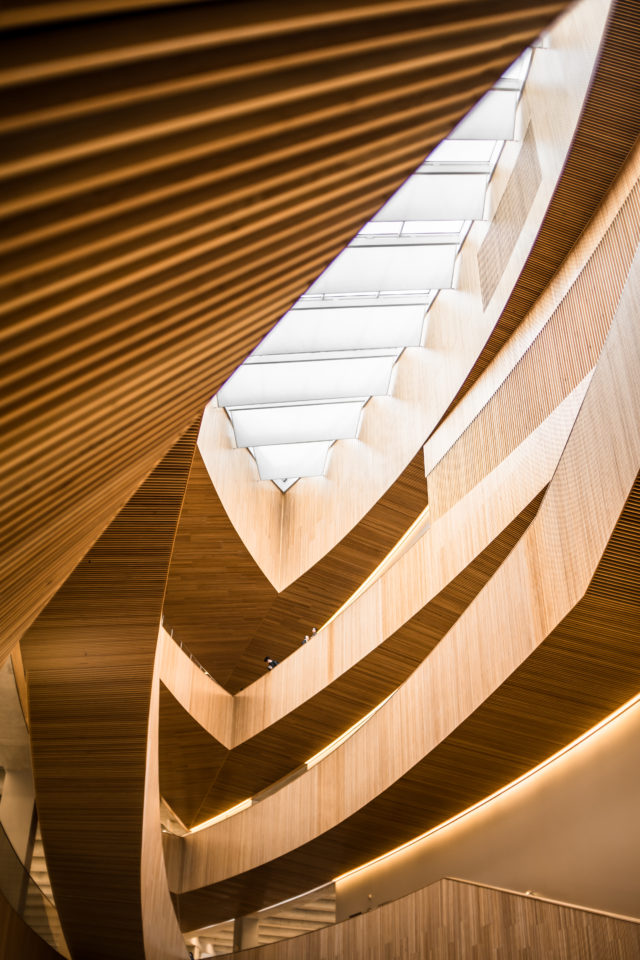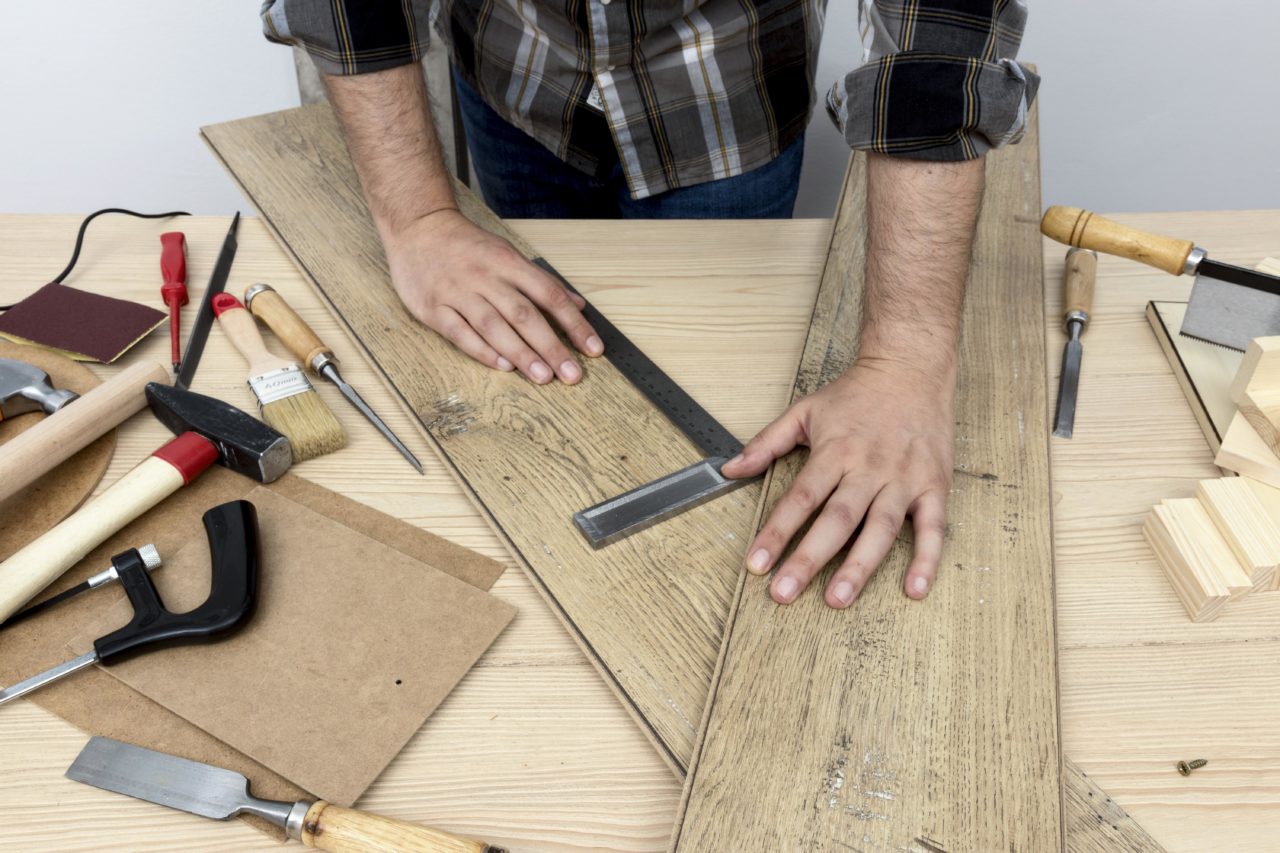-
- Strength and Stability: Plywood is engineered by layering thin sheets (plies) of wood with their grains oriented perpendicular to each other and then bonding them with adhesive. This construction gives plywood enhanced strength and stability compared to solid wood. It is less prone to warping, twisting, or splitting, making it ideal for applications where durability is essential.

-
- Cost-Effectiveness: Plywood is often more cost-effective than solid wood, especially for larger projects. The manufacturing process allows for efficient use of wood resources, reducing waste and cost. Solid wood can be more expensive due to the limitations in sourcing large, defect-free pieces.

- Uniformity: Plywood is consistent in its characteristics and properties throughout the entire sheet. So
- lid wood can have variations in grain, color, and density, which might be desirable for certain aesthetics but can also lead to challenges in achieving a uniform look.
- Size and Availability: Plywood can be manufactured in larger sizes than solid wood due to its layered construction.
- Resistance to Moisture: Depending on the type of plywood and the adhesive used in its construction, plywood can be more resistant to moisture and humidity compared to solid wood. This makes it suitable for outdoor applications, damp environments, or areas prone to temperature changes.
- Design Flexibility: Plywood can be engineered to have specific properties, such as increased flexibility, fire resistance, or reduced weight. This allows for more customization to suit the requirements of a particular project.

- Eco-Friendly: Plywood can be considered more environmentally friendly in some cases, as it often
- makes use of thinner sheets of wood, which can be sourced from smaller trees or wood residues. This reduces the demand for large, old-growth trees.
- Workability: While solid wood is generally easier to work with using traditional woodworking tools, plywood’s layered construction can still be worked with standard tools and techniques. Plywood’s stability can reduce the risks of chipping or splintering.











